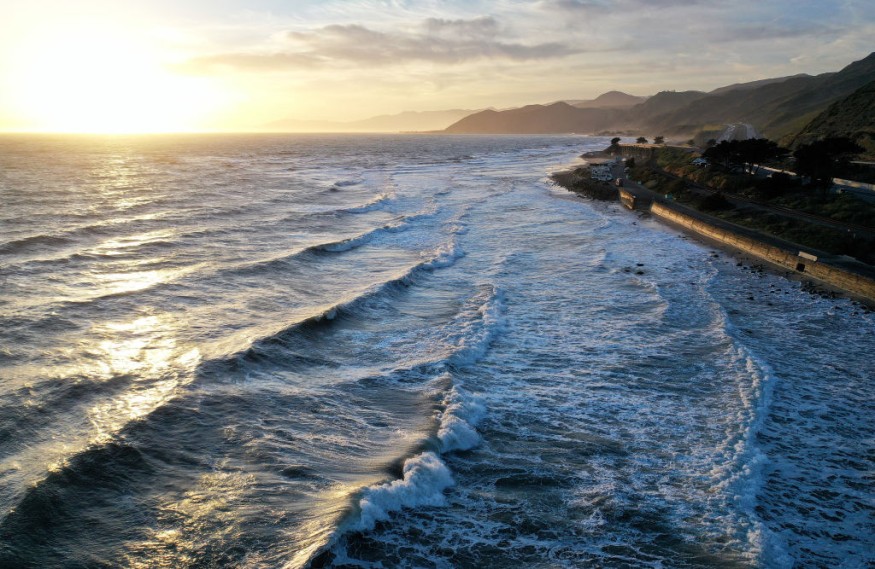The Great Pacific Garbage Patch, also called the Pacific trash vortex, consists of a vast area of floating marine debris from humans. It is located in the Pacific Ocean, specifically in the North Pacific Gyre, with a size stretching in an area between the US states of Hawaii and California. The exact numeric size of the patch is unknown since the debris is constantly moving driven by ocean currents and winds.
How big is the Great Pacific Garbage Patch now?

As of December 9, the Great Pacific Garbage Patch rotates clockwise at an area of 20 million square kilometers or 7.7 million square miles, according to the website Ecoclimax. Still, the exact size of the Pacific garbage is not fixed since scientists expect it will continue to grow due to the accumulation of debris into the ocean.
The National Oceanic and Atmospheric Administration (NOAA) stated it may not be possible to fully remove all garbage patches since some material, including plastics, will take a very long time to be complete broken down into the environment may never fully dissipate. In particular, microplastics or nanoplastics will be hard to remove.
However, the NOAA said large debris, like fishing nets, can be removed by people. The smaller debris mentioned may need to be addressed by a cost-effective technical solution but we will deal with the problem in the "foreseeable future," the US agency explains.
Does the Great Pacific Garbage Patch still exist?
Scientists say the Great Pacific Garbage Patch still exists and it will not disappear on its own anytime soon. As a result, cleanup efforts are ongoing to remove plastic and other waste from the Pacific trash vortex. One of these efforts include those from The Ocean Cleanup, a non-profit conservation organization based in the Netherlands.
In July 2022, the organization announced it had removed over 220,000 pounds (100 tons or 100,000 kilograms) of plastic from the floating garbage in the Pacific Ocean. It used System 002, its latest and first large-scale cleanup system, which allowed the group to remove the ocean debris in less than a year starting August 2021.
In addition to the Great Pacific Garbage Patch, there is another area of debris off the southeastern coast of Japan called the Western Garbage Patch. Meanwhile, there are also similar garbage patches in the world such as one in the Indian Ocean and two in the Atlantic Ocean.
Great Pacific Garbage Patch Facts
The NOAA outline some of the facts about the Great Pacific Garbage Patch, which is the most famous among the patches mentioned:
- some areas of the Pacific trash vortex have more debris than others which mostly consists of microplastics
- scientists find it hard to study first-hand the impact of garbage patches, especially the Great Pacific Garbage Patch, due to its remote location
- the Pacific patch is bounded by the North Pacific Subtropical Gyre
What caused the Great Pacific Garbage Patch?
The main cause of the Great Pacific Garbage Patch, just like other patches mentioned earlier, are trash and debris from humans. The improper disposal of litter and waste, including fishing gear, into the ocean are the main ingredients that make up the Pacific trash vortex, the NOAA emphasized.
In terms of natural causes, the convergence of the said debris is caused by gyres, described by the agency as rotating ocean currents. These gyres pull the debris into a single location, mostly at its center, which results in the formation of the patches.
© 2026 NatureWorldNews.com All rights reserved. Do not reproduce without permission.





